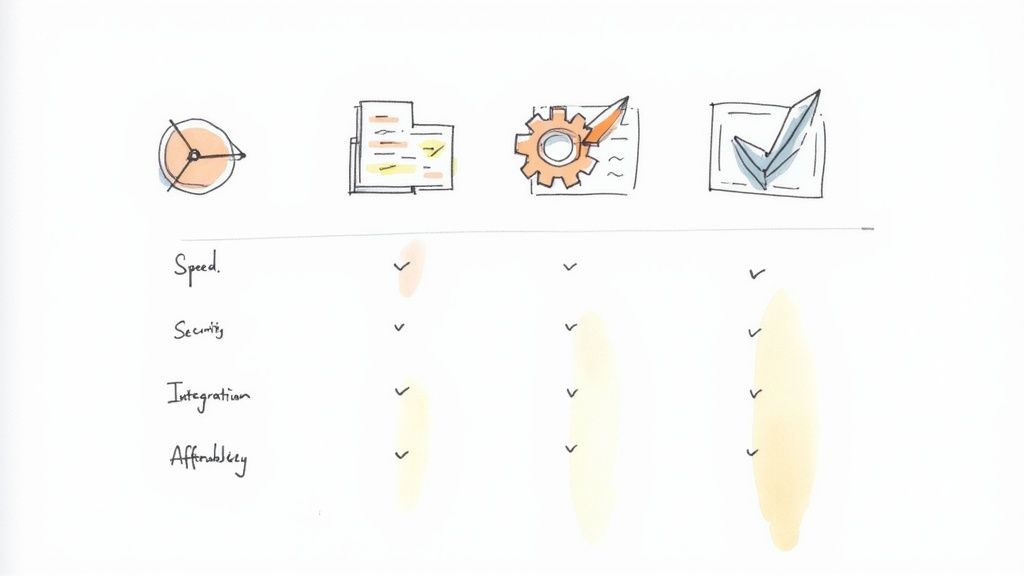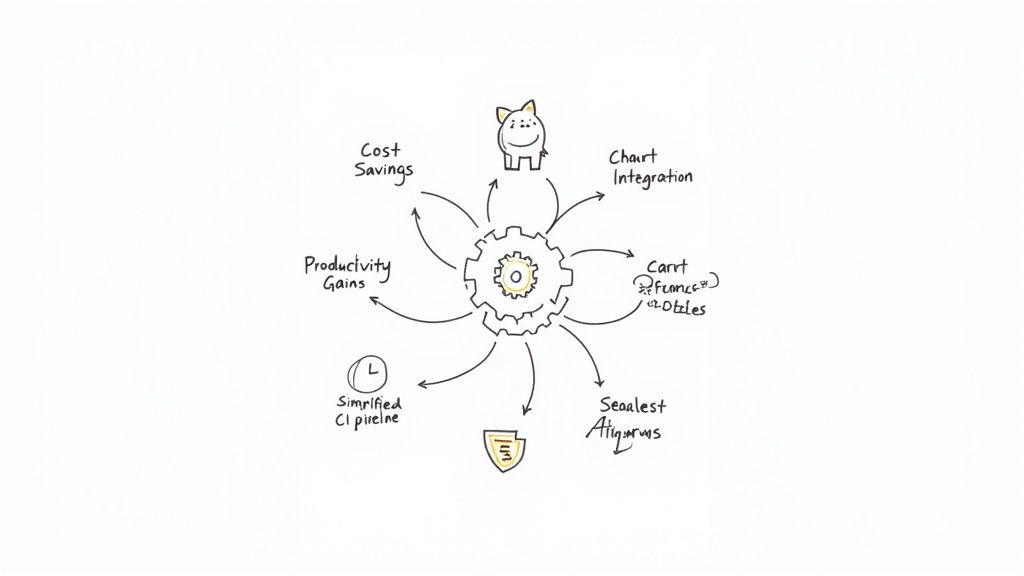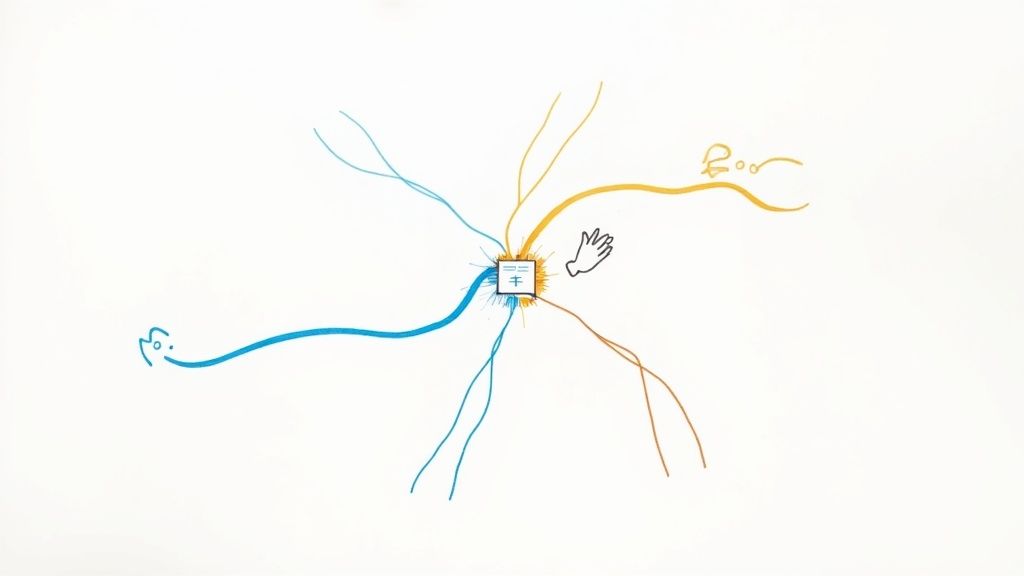Why Is CI/CD Important in a DevOps Lifecycle?
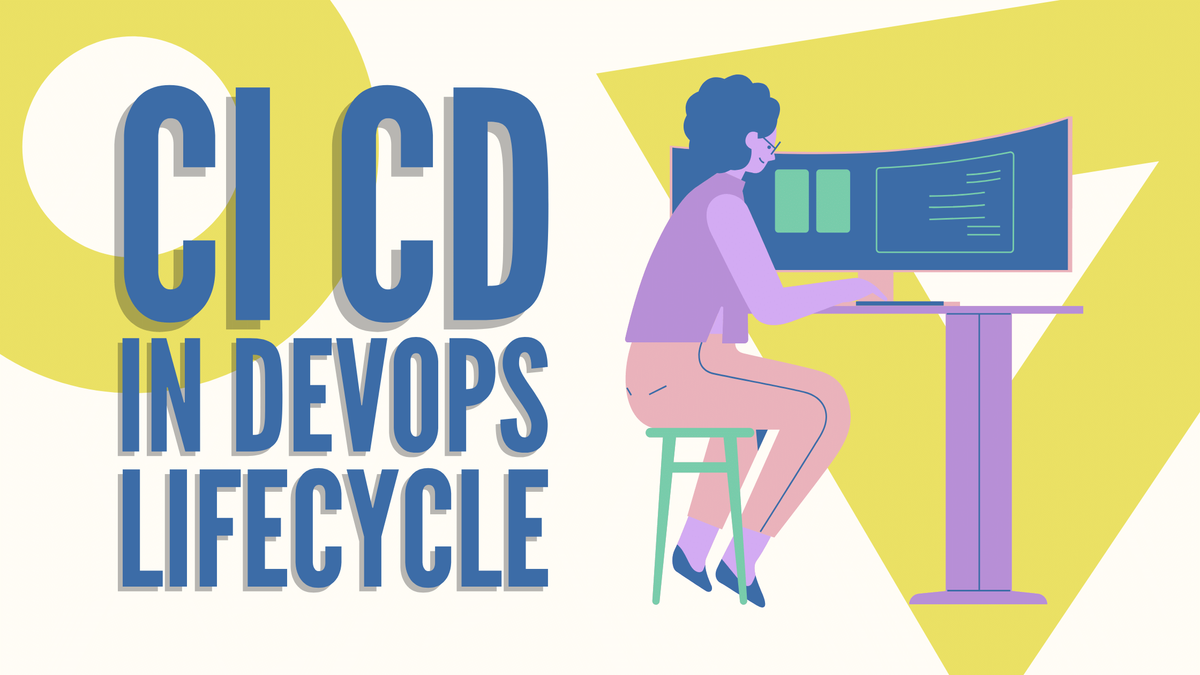
Fine-tuning the software development cycle is an ongoing process. You can never perfect it, but you can make continuous improvements. Having a CI/CD best practice in place is one way to streamline the cycle and improve overall efficiency.
What is CI/CD?
CI/CD refers to a set of agile DevOp practices that include automating, building, testing, and deploying applications. Automation is especially a big key: The primary goal of CI/CD is to streamline the development cycle, thereby saving time and reducing merge conflicts and other errors. The CI/CD definition is better understood by examining CI and CD individually.
What is CI? 🤓
The CI in CI/CD stands for continuous integration. In software development, a single developer or development team rarely works on the entire software. Rather, different developers work on individual modules. Each module builds on the other or is dependent in some way on one or more modules.
The CI process includes multiple pipelines where each developer performs their respective coding, testing, building, and quality checks before merging their modules into a single flow.
CI aims to foster smoother collaboration between developers and minimize bugs before delivering the build package to the shared repository.
What is CD? 🥸
The CD in CI/CD has two definitions: continuous delivery and continuous deployment.
Continuous Delivery
Under continuous delivery, the applications from the CI process enter a shared or remote repository. The applications undergo further automated testing before the final product is sent for deployment
Typically, the code goes through these three steps in the continuous delivery phase:
- It enters a staging environment where it undergoes integration and other tests.
- It undergoes application acceptance testing.
- It’s sent to the continuous deployment pipeline to prepare for production.
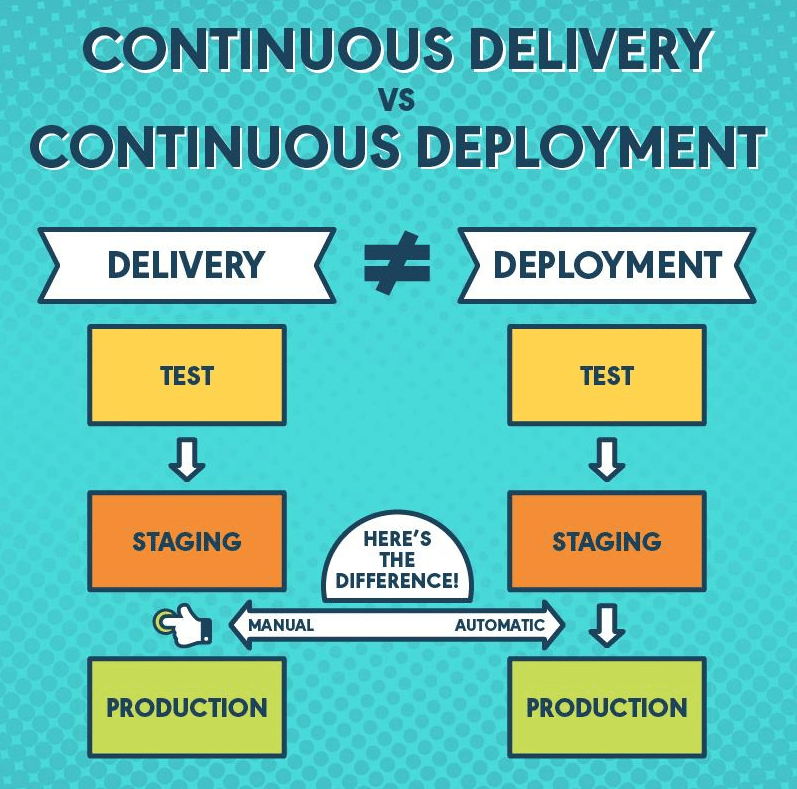
Continuous Deployment
After continuous delivery, the application undergoes a final continuous deployment phase. Here, all the modules and applications have undergone the fixes, reviews, and tests and are ready to deploy for production.
The activities in the continuous deployment phase are as follows:
- Verify the solution. Identify the required steps to ensure changes operate in production as desired before the final product reaches the end-users.
- Monitor for problems. Identify the steps for monitoring and reporting issues that may arise.
- Respond and recover. Identify the steps to address problems that arise in the middle of deployment.
What are the benefits of a CI/CD pipeline?
With the right implementation, CI/CD can be immensely beneficial. You have in place an automated framework that minimizes human involvement and, therefore, human error. The potential is far-reaching and includes the following advantages.
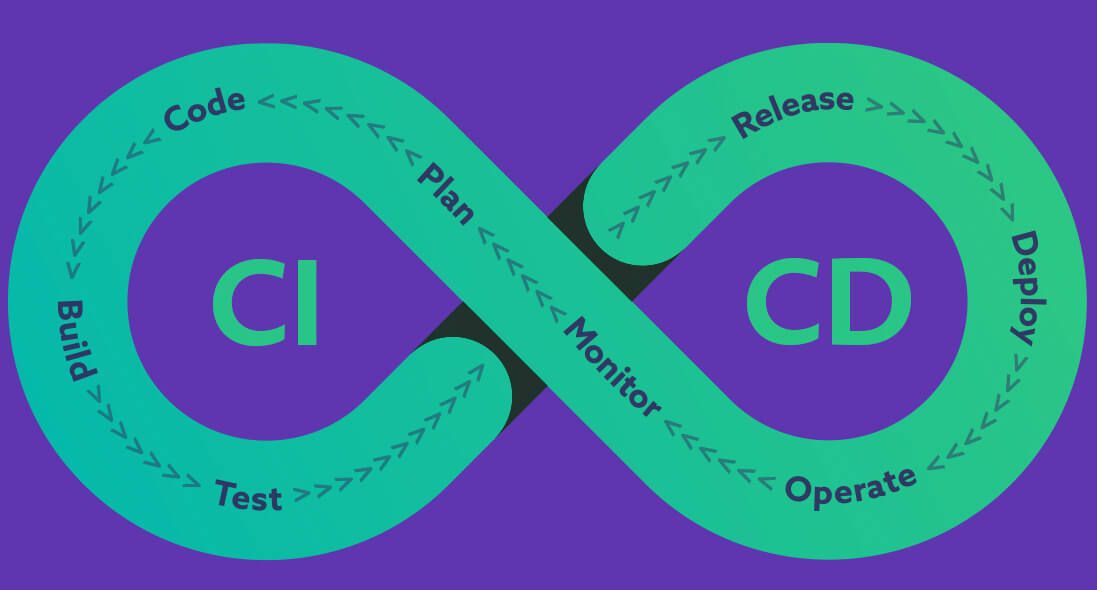
More manageable code changes ✅
With continuous integration, make code updates in small batches and submit them individually to the remote repository for automatic review. Share smaller code branches and builds consistently. Code in smaller batches is easier to manage and perform fixes for. It keeps buggy codes from progressing through the production line.
Quickly identifiable fault isolations ✅
Fault isolation, or fault diagnosis, is the process of locating and isolating an error. Since developers produce code in smaller increments under a CI/CD pipeline, fault isolations are easier to identify in the event of an error.
Better mean time to resolution (MTTR) ✅
MTTR measures the average time it takes to fix a broken application and assesses the maintainability of repairable features. Essentially, it tracks the estimated time to recover from a failure. Remember, code changes are smaller in a CI/CD pipeline, making fault isolations easier to identify—this significantly reduces MTTR.
Continuous testing ✅
Programmers can test code as they input them into the system. Before the advent of CI/CD, developers had to upload the code and run the program before they could check for bugs. Basically, they had to test the whole code to detect issues. CI/CD has automated capabilities that test code instantly. Programmers can pinpoint bugs immediately and proceed with fixes before sending the code further along the pipeline.
Real-time feedback ✅
It takes time to sift through user/customer comments to find recurring complaints. Likewise, it’s time-consuming for developers to sort through long codes to locate problems. With continuous integration, developers can locate and fix bugs right away. In continuous delivery, users receive system updates immediately and can promptly provide feedback on the final product.
Reduced risk of faulty code in production ✅
With continuous integration, you only merge code once it passes all the tests and quality checks. This significantly reduces the risk of faulty code reaching your master build. In the unlikely event that the master build does end up broken, the CI/CD system sends an automated warning to all project members.
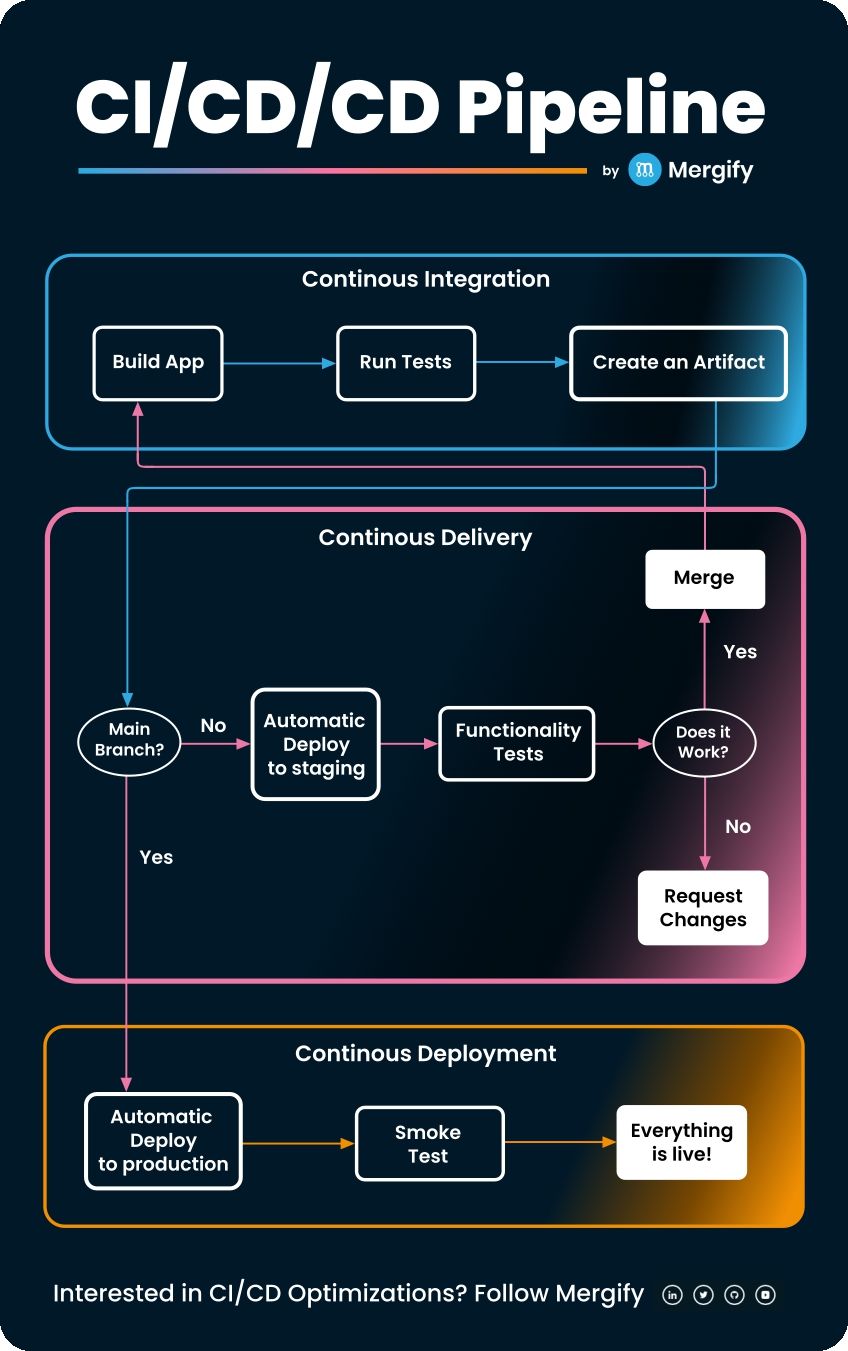
Simplify your code merges 🥰
CI/CD is an integral process that cuts down on costly errors and reduces production time. You can also reduce errors and save time by making Mergify one of your trusted platforms. Streamline the pipeline with automated merge queues and eliminate the manual hassles of rebasing, labeling, and commenting. Request a demo to learn more about what Mergify can do for your DevOps!


